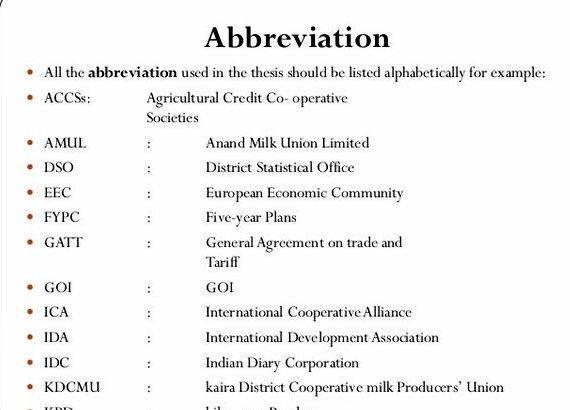



įor more information on referring to a specific location in the source (e.g., when citing quoted or paraphrased text), please also see What is a Pinpoint, and How is it Used in a Legal Citation? and please refer to the information in the Writing Centre's Legal Citation Guide for an introduction to the McGill Guide (9th ed.) rules for legal citations.According to the MLA Style Manual ✲, 3d ed., 8.4, f./ff. Tsilhqot'in Nation v British Columbia, 2014 SCC 44 at 260. Combing this shorter title of the case with supra in a repeated citation refers to the full title in the original citation, as in "7" below:Ħ. Occasionally, when the main title of a case or legislation is longer than three words, a short title in italics and square brackets after the first citation (see "6") creates an abbreviated format for the case. For instance, rather than repeating the original, full citation from "4" below, the title combined with the word supra in "5" below refers to the case introduced in the original citation contained in "4": Rather than repeating the original citation from a previous footnote, the word "supra" combined with a title in a footnote refers to an earlier citation contained in a document including that title, with each " supra" footnote containing the pinpoint for the specific location of material cited in text (McGill Law Journal, 2018, E-12). By contrast, “ ibid” combined with a new location of cited material repeats the citation with an additional pinpoint (see "3" below):ġ. The abbreviation " ibid" on its own repeats the entire citation in the subsequent footnote, including the exact pinpoint included in the preceding footnote, as in "2" below (McGill Law Journal, 2018, E-12). Once a footnote introduces a citation for a legal resource (see "1" below), the italicized words " ibid" (standing for “ibidem” or “in the same place” in Latin) or “ supra” (meaning “above” in Latin) in subsequent footnotes indicate a repeated citation to a source (McGill Law Journal, 2018, E-12).


 0 kommentar(er)
0 kommentar(er)
